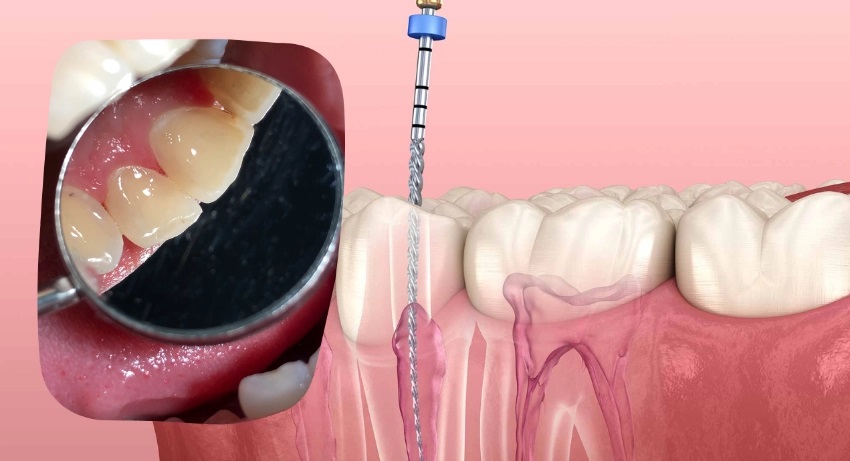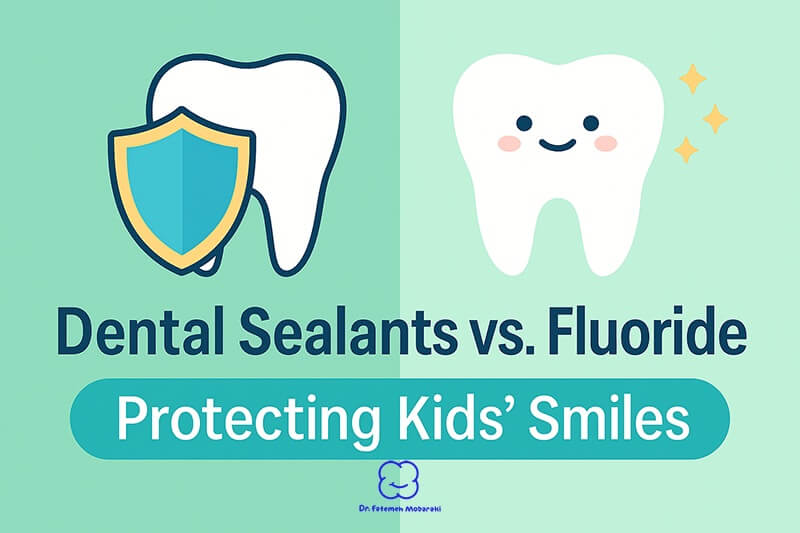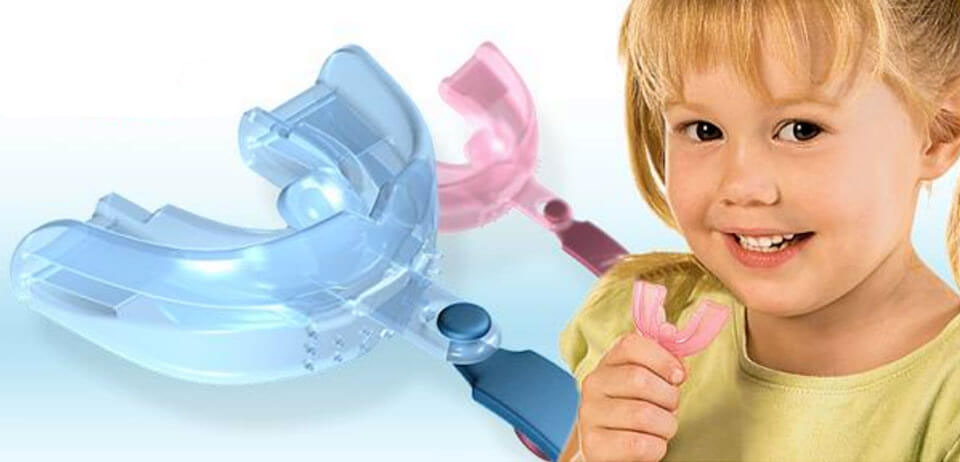Considering a root canal treatment for your child can be daunting for any parent. This root canal treatment guide provides essential information to help you understand the process, its importance, and how to make informed decisions for your child’s dental health. Here are seven vital points every parent should know.
1.Purpose of a Root Canal Treatment Guide
A root canal treatment is necessary when a child’s tooth pulp becomes infected or damaged, often due to decay or injury. The procedure involves removing the infected pulp, cleaning the tooth, and sealing it to prevent further issues. This process not only saves the tooth but also maintains proper dental alignment, which is crucial for your child’s future oral health.
2.Early Signs and Symptoms of Needing a Root Canal Treatment
Identifying the need for a root canal early can prevent further complications. Persistent tooth pain, sensitivity to hot or cold, swelling around the tooth, and discoloration are significant indicators. If your child experiences any of these symptoms, a prompt visit to the dentist is essential.
3.Pain Management During the Procedure
Modern dentistry ensures that root canal treatments are relatively painless. Pediatric dentists use local anesthesia and sedation techniques, like laughing gas, to make the experience as comfortable as possible for children. In some cases, general anesthesia may be recommended for very young children or those with high anxiety to ensure they remain still and comfortable during the procedure.
4.Importance of Preserving Baby Teeth
Even though baby teeth eventually fall out, preserving them through treatments like root canals is important. They hold the space for permanent teeth, ensuring proper alignment and spacing. Losing them prematurely could lead to more complex dental issues later on, such as crowding or misalignment.
5.Post-Treatment Care
After a root canal, it’s crucial to follow the dentist’s aftercare instructions, which may include avoiding certain foods and maintaining excellent oral hygiene. In some cases, a crown may be recommended to protect the treated tooth, especially if it’s a molar that experiences significant wear and tear.
6.Preventive Measures
To minimize the risk of needing a root canal, encourage your child to practice good oral hygiene, including regular brushing, flossing, and routine dental check-ups. Limiting sugary foods and drinks can also help prevent cavities, which are often the root cause of the need for a root canal.
7.Steps of the Root Canal Procedure
Understanding the steps involved in a root canal treatment can demystify the process:
- Diagnosis and X-ray: The dentist assesses the tooth and takes X-rays to determine the extent of the infection.
- Anesthesia: The child’s tooth is numbed to ensure a pain-free experience. General anesthesia might be used in certain cases.
- Cleaning and Shaping: The infected pulp is removed, and the root canals are cleaned and shaped.
- Filling: The empty canals are filled with a biocompatible material, usually gutta-percha.
- Sealing and Restoration: The tooth is sealed, and if necessary, a crown is placed to restore its function and appearance.
Conclusion
Understanding a root canal treatment can help alleviate some of the concerns parents have about this procedure. By recognizing early symptoms, knowing what to expect during the treatment, and following preventive measures, you can ensure your child’s long-term dental health. Regular dental visits are key to minimizing the need for such treatments, but when necessary, root canal treatments play a vital role in maintaining the integrity of your child’s teeth.
Expert Insight
“As a pediatric dentist in Mirdif, Dubai, I reassure parents that root canal treatment is a safe and effective way to preserve your child’s dental health, preventing more serious issues down the road. With modern techniques and a focus on comfort, we can ensure that your child’s experience is as stress-free as possible.” Dr. Fatemeh Mobaraki









